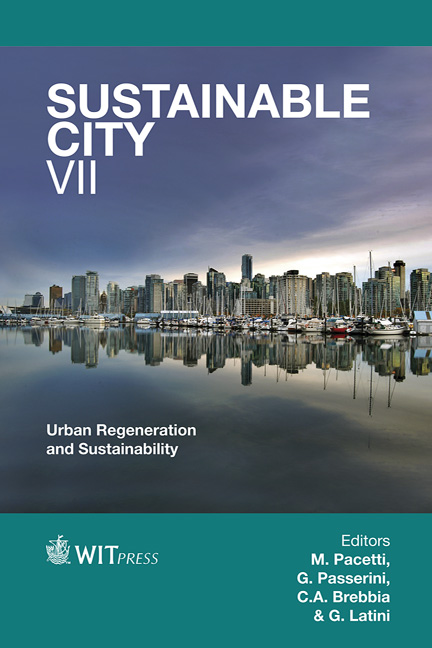Data Envelopment Analysis For Planning Emergency
Price
Free (open access)
Transaction
Volume
155
Pages
11
Page Range
1091 - 1101
Published
2012
Size
418 kb
Paper DOI
10.2495/SC120912
Copyright
WIT Press
Author(s)
F. Russo & C. Rindone
Abstract
In this paper an evaluation of methods to compare evacuation plans is proposed. The method is based on the assumption that an evacuation is represented by means of a production process fed by a set of inputs that are combined to obtain a set of outputs. A non-parametric method and, in particular, a Data Envelopment Analysis (DEA), is presented. The framework is that the production function of fully efficient firms is unknowable. An application to compare the possible impacts of various hurricane hazards is presented. Constant Return of Scale hypothesis is adopted. Keywords: evacuation planning, evaluation methods, DEA. 1 Introduction Transportation planning is finalised to define a transportation system and relative infrastructures and services, in specific forecasting scenario. Transportation planning concerns both ordinary and emergency conditions and internal and external planning process. In this paper we consider the internal transportation planning process in emergency conditions. Transportation planning in emergency conditions aims to specify interventions to reduce risk. Risk has three main components: occurrence, related to event probability or frequency; vulnerability, related to the resistance of the infrastructures when the effect of the event has occurred; exposure, related to the weighted value of people, goods and infrastructures affected during and after the event.
Keywords
evacuation planning, evaluation methods, DEA.





